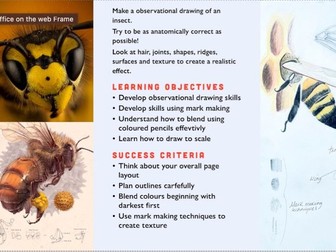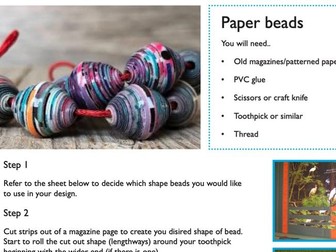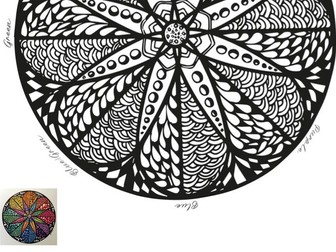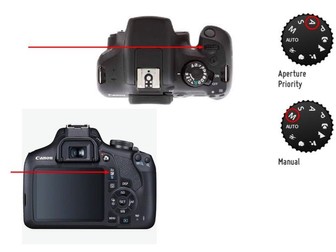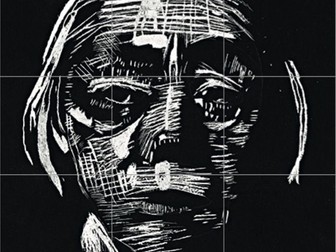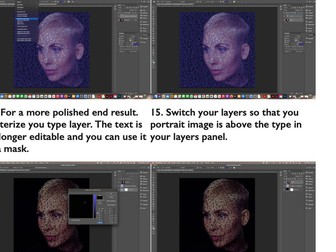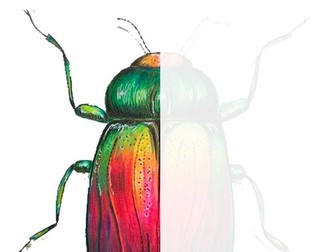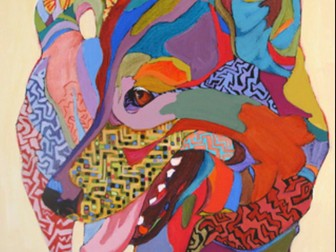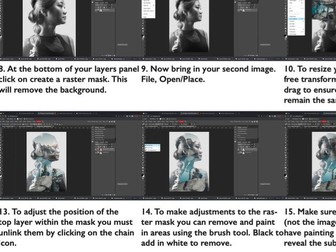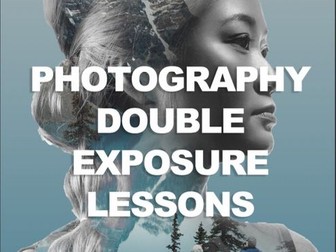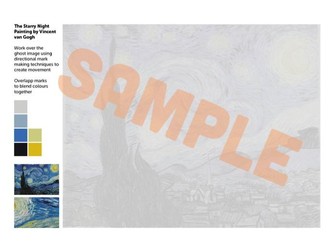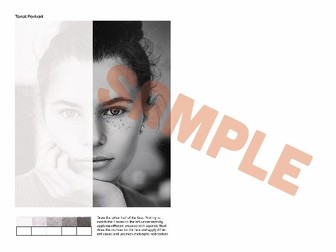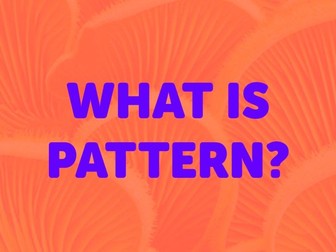
Art Command words cheat sheet
ART Command words
Command words are the words and phrases used in exams and other
assessment tasks that tell students how they should answer the question.
Can use as an art room poster and/or a sheet to stick inside books
Acknowledge
To give credit for, recognise, and highlight something, such as a selected source or the work of others.
Analyse
To examine in depth, study thoroughly, question, investigate and consider your own opinion or visual investigation of something.
Apply
To use knowledge, skills and understanding and to employ appropriate techniques when developing and progressing ideas.
Appropriate
Suitable, relevant, applicable to intention.
Consider
To think through, review, reflect on and respond to information or a theme, subject or starting point.
Create
To conceive, make, craft or design something new or invent something.
Demonstrate
To show, exhibit, prove or express such things as subject specific knowledge, understanding and skills.
Develop
To take forward, change, improve or build on an idea, theme or starting point.
Discuss
To deliberate, consider, talk over, debate or examine something.
Explore
To investigate, examine and look into with an open mind about what might be found and developed.
Evidence
To show, prove, support and make clear or verify something.
Identify
To recognise links and associations between things such as sources and connections with personal work, accounting for choices and decisions made.
Investigate
To enquire into, examine in depth, and/or analyse the relevance of a chosen subject and associated sources .
Organise
To collect, collate, arrange and combine elements of your work into a clear and logical submission.
Present
To give a response to an idea, theme or starting point that shows a personal, meaningful and organised fulfilment of intentions.
Realise
To achieve, attain and/or accomplish your intentions.
Record
To document ideas, thoughts, insights and responses to starting points in visual and written annotated form.
Refine
To improve, enhance and change elements of your work for the better.
Research
To study in detail, discover and find information about.
Response
To produce personal work generated by a subject, theme, starting point, or design brief.
Select
To make an inform choice of what to submit for assessment rather than submitting everything produced during the course of study.
Show
To indicate, explain, present and display your own thoughts and findings.
Study
To examine, consider, investigate, research and show an in-depth understanding of what you have found or experienced.



